Module 10: Early Christian Europe & Byzantium
1/27
There's no tags or description
Looks like no tags are added yet.
Name | Mastery | Learn | Test | Matching | Spaced |
|---|
No study sessions yet.
28 Terms
Paganism
A non-Christian or pre-Christian religion
Monotheism
The doctrine or belief that there is only one god
Polytheism
The belief in or worship of more than one god
Apse
a semicircular or polygonal extension to a larger contemporar
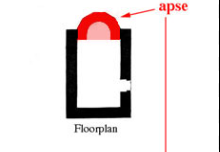
Narthex
Transverse entrance hall
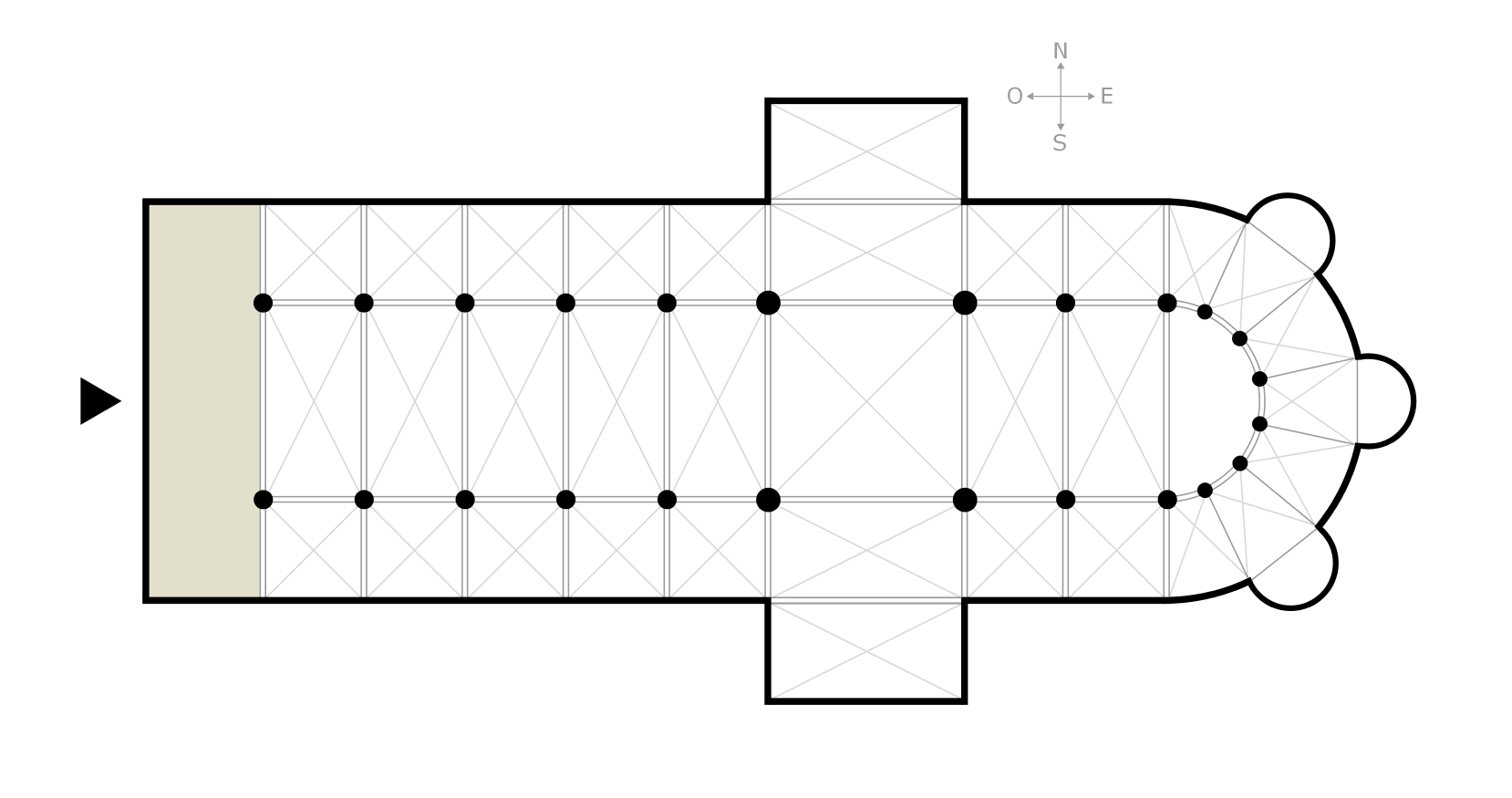
Transept/Crossing
transverse arms of a cross shaped church, usually between the nave and chancel
Spolia
Columns taken from earlier roman buildings
Mausoleum
free standing tomb marking burial place of person
Drum
vertical wall supporting a dome; it may be circular, square, or polygonal in plan and is usually interposed between the dome
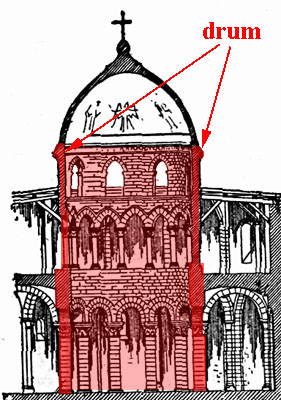
Pendentive
a triangular, concave-curved architectural element that allows a circular dome to be placed over a square room by creating a smooth, structural transition between the two shapes
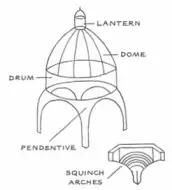
San Giovanni in Laterano
Rome, Italy, 320 CE
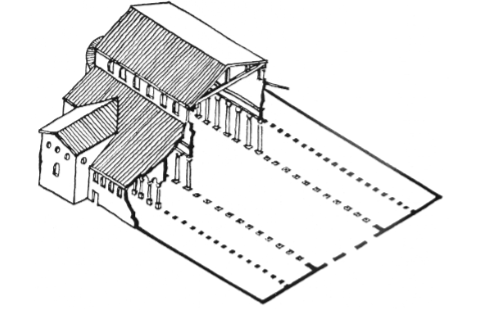
Old St. Peter’s Basilica
Rome, Italy, 330 CE
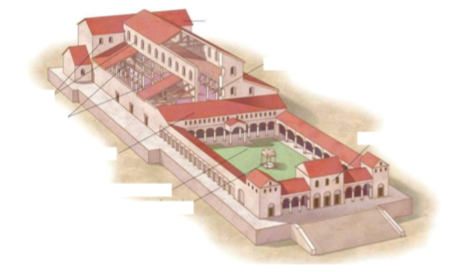
Santa Constanza
Rome, Italy, 350 CE
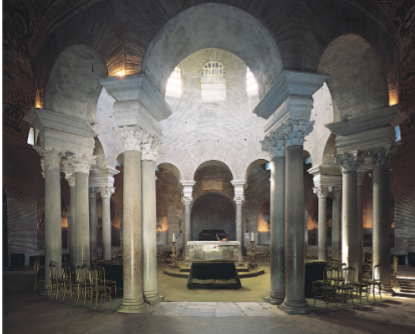
San Vitale
Ravenna, Italy, 525-550 CE
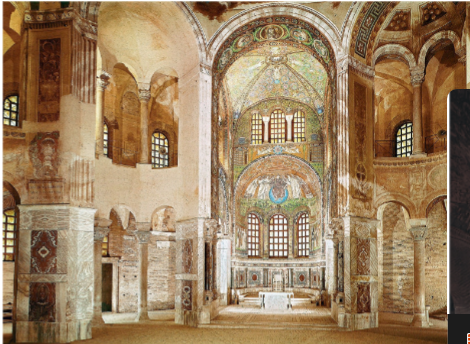
Hagia Sophia
Constantinople, Turkey, 530, CE

Emperor Constantine
First Roman emperor to convert to Christianity; makes Christianity legal
Emperor Justinian
Recaptured land in Italy and sponsored the building of San Vitale in Ravenna and Hagia Sophia in Constantinople to demonstrate his piety and political power
How did Roman authorities view the teachings of Jesus?
They thought it undermined authorities and rulers
Who was the first Roman emperor to convert to Chirstianity?
Emperor Constantine
What city did Constantine make the capital of his empire?
Byzantium 337 CE
What Roman building type became the model for Christian churches, and why?
Basilica because the other Roman building types had negative connotations to them
Identify the new architectural features introduced to the basilica at Old St. Peters
Narthex and transept
Identify churches built on a basilica plan
San Giovanni
Identify churches built no a central plan
Santa Costanza
Identify domes built on a drum
Santa Costanza
Identify domes built on pentatives
Saints Sergiu’s + Bacchus
Who is pictured in the mosaics at San Vitale in Ravenna?
Jesus, Emperor Justinian, and Empress Theodora
Why does the dome of Hagia Sophia appear to float?
There is a ring of windows close together at the base of the dome bringing in light